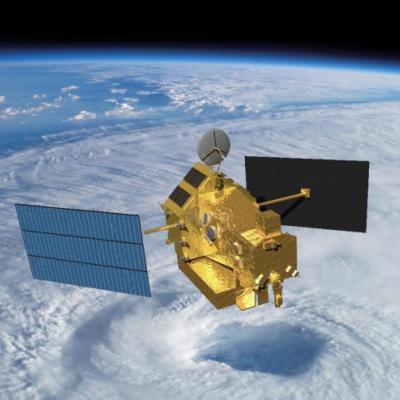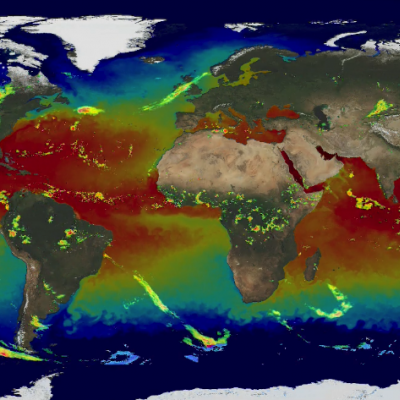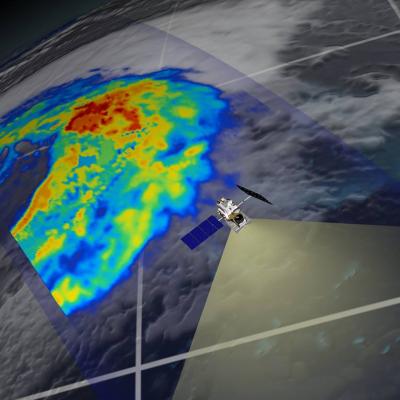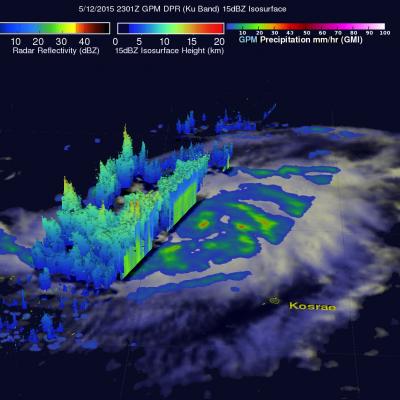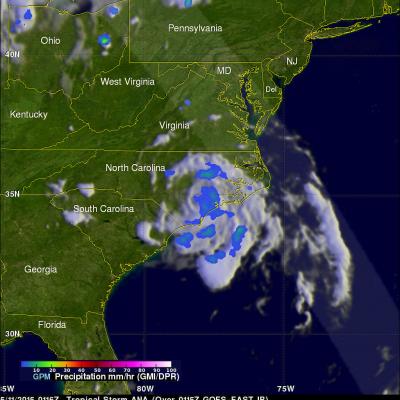Predicted effects of non-uniform beam-filling on GPM radar data
Publication Year
Journal
IEEE Geoscience and Remote Sensing Letters
Volume
5(2)
Page Numbers
308 - 310
DOI
10.1109/LGRS.2008.916068
Mission Affiliation
Major Category


